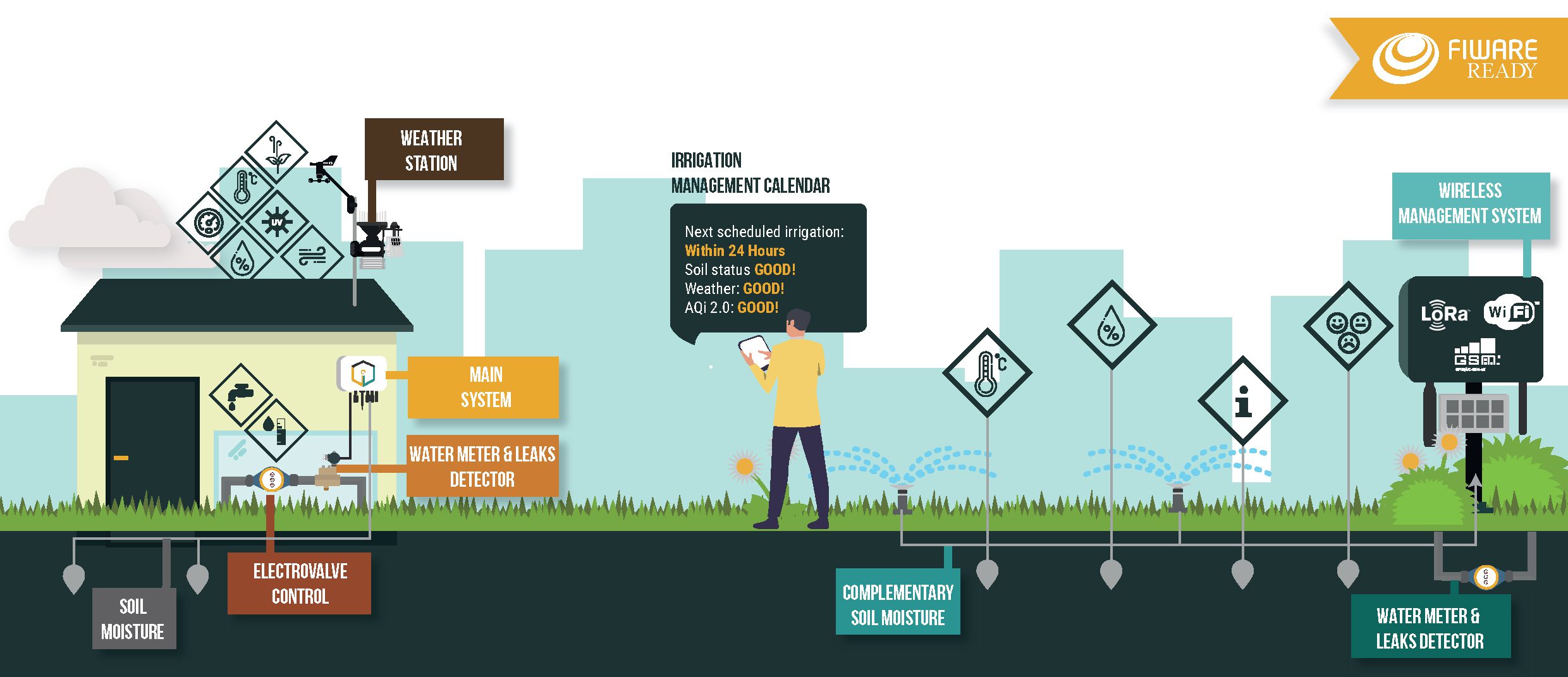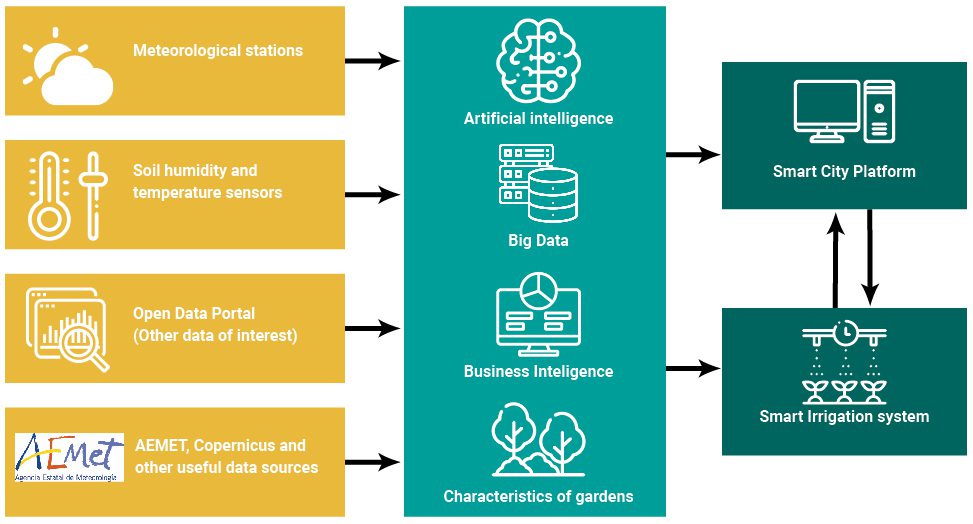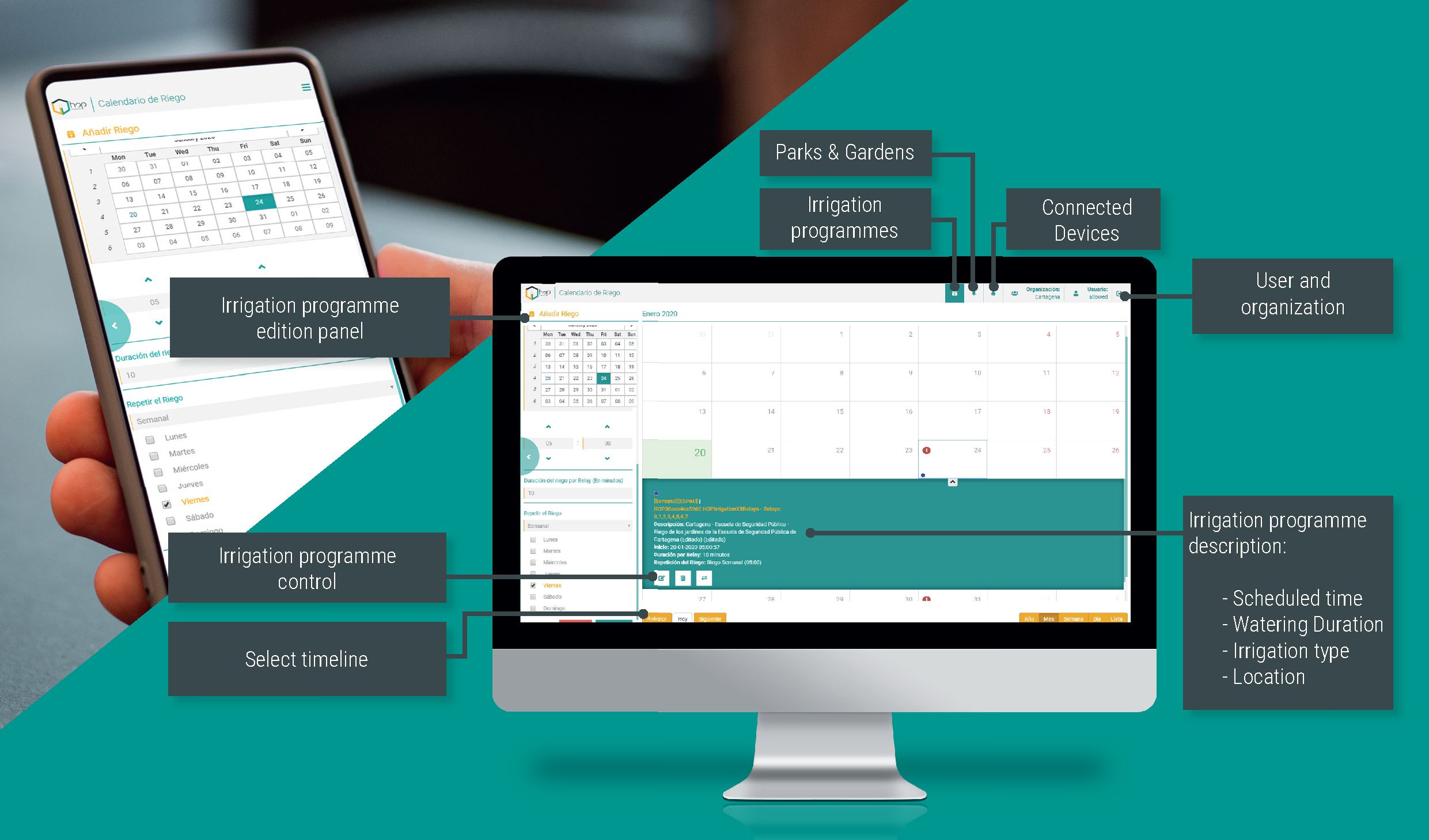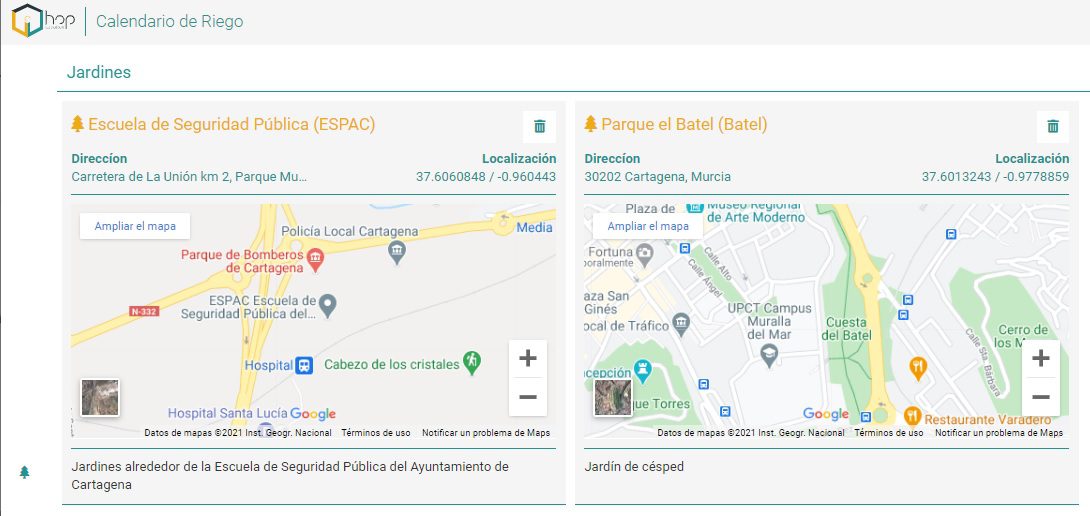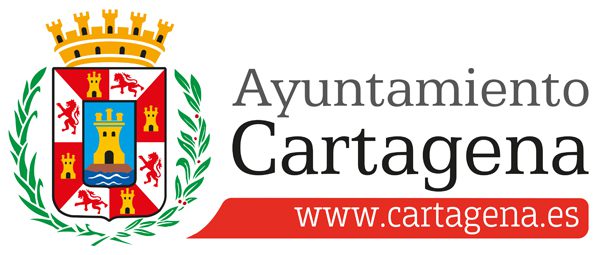Challenge & Context
Urban development geared towards climate action is high on the agenda of Public Administrations. Developing policies aimed at creating sustainable and efficient cities are of ever increasing importance. To achieve this objective, various international organizations and administrations have launched plans, projects and initiatives encouraging cities to be more environmentally sustainable.
In 2000, the United Nations approved the Millennium Declaration where 8 goals were set out to be implemented by 2015. The protection of the environment gained prominence in the Declaration, with the specific objective of ending the exploitation of water resources through the implementation of savings strategies, among others such as complying with the Kyoto Protocol and reducing the emission of greenhouse gases.
With the mission of giving continuity to the Millennium Goals, the United Nations established a new agenda with the Sustainable Development Goals. Out of 17 global objectives set, the environment took center stage with no less than 7 issues directly related:
- Clean Water and Sanitation;
- Affordable and Clean Energy;
- Sustainable Cities and Communities;
- Responsible consumption and Productions;
- Climate Actions;
- Life Below Water;
- Life On Land.
In order to successfully fulfill the Sustainable Development Goals, the signing countries gave themselves a period of 15 years, until 2030, to achieve specific goals such as ‘increasing the efficient use of water resources’, ‘reducing the per capita environmental impact of cities’ and ‘providing universal access to safe, inclusive and accessible green areas and public spaces’, among many others.
In accordance to the SDGs, the European Union recently established the European Green Deal, a roadmap to provide EU countries with a sustainable economy and achieve the ambitious goal of being climate neutral by 2050. For this, various mechanisms have been enabled, such as the European Climate Law and a budget of €1 Billion to promote ecological and digital transition projects.
Cartagena, the second-largest city in the Region of Murcia and HOPU, a technology-based innovative company, are working together to invest in new technologies and smart development with the aim to create human-oriented products to develop solutions that bring technological advances to the field for daily use, improving the quality of life of citizens. In this case, they have been generating green zone innovations through technologies such as AI, IoT and Data-Quality to help the city align with the Sustainable Development Goals and the European Green Deal, leading Cartagena towards a sustainable and environmentally friendly model.
The climate crisis suffered by the municipality of Cartagena requires efficient management of water resources, even more so due to water shortages and the large contribution from desalination. Within municipal services, garden irrigation is presented as a great consumer of resources, whilst simultaneously being a critical service when it comes to safeguarding the urban environment. Within the adaptation processes, green areas is one of the priority axes, and is consequently included in the Plan for adaptation to Climate Change and Sustainable Energy of the city of Cartagena.
In this context, the need to introduce IoT systems for the management of risks and water resources is framed, but understanding that the true performance will be achieved by integrating these devices within the verticals of the Smart City Platform that combine different data in order to go one step further in irrigation control, even anticipating changing conditions. In short, introducing new technologies to control municipal free spaces.
Accordingly, the Cartagena City Council has led the digital transformation of the city, incorporating new technologies, Artificial Intelligence and Big Data analysis in order to improve the management of natural resources with the implementation of smart irrigation in its green areas, reducing the use of water and providing better service in the maintenance of municipal parks and gardens.
Solution
The Smart Irrigation Management System implanted in parks and gardens of Cartagena enables an autonomous and real-time management of water resources allowing control of the irrigation schedule and adapted to both the water needs of the garden and the weather forecast.
Figure 1 . Smart Irrigation Management System
This system offers a robust and integrated solution, allowing the city of Cartagena to efficiently manage irrigation based on accurate and real-time data and Artificial Intelligence algorithms. The solution configures irrigation in a sustainable way according to the needs of each park and garden, which implies a reduction in water consumption and a substantial improvement of urban green spaces.
To calculate the amount of water a green area needs, the system recoleates information in various areas:
- Weather stations with sensors of air temperature and humidity, wind, rain, UV radiation and evapotranspiration;
- Soil moisture sensors where temperature, humidity and Electrical Conductivity (EC) is monitored in real time;
- Irrigation management calendar according to soil typology, plants, etc.
The Smart Irrigation Management System includes an intuitive management interface which offers a holistic view and control of the deployed irrigation components. Through the platform, the administrators of the system can have access to the irrigation calendar with the location of the different sensors and scheduling calendars, check alarms, real-time leak detection and water consumption, among other functionalities.
The Smart Irrigation Management System, as a solution that allows a remote and agile management of water resources in parks and gardens, is controlled through irrigation scheduling calendars which are fully compatible with the FIWARE platform ecosystem. By using FIWARE technology and standards context data management, total compatibility and data integration is ensured from the sensors installed in Cartagena and external ones. All the data obtained from the monitoring, which will be integrated into the platform of the Smart City, will follow a standard format
according to FIWARE smart data models and can be crossed and integrated with the rest. The integration of multiple data sources enables the creation of a data storage repository from different sources. In this way, the city is able to apply analysis techniques based on Big Data, Machine Learning and Artificial Intelligence algorithms, that exploit and value the data integrated in the platform.
USE CASE: Smart Irrigation System in parks and gardens
- Goal: Improves conservation of green areas, automates irrigation, and avoids water losses.
- Data source: Meteorological stations, water consumption, soil humidity and temperature sensors, typology of green area, data sources.
- Visualization: Irrigation management calendar.
How it works
To carry out the intelligent management of irrigation, HOPU’s Smart Spot IoT (Internet of Things) device is used. This device designs and implements an intelligent and integrable system that allows the monitoring of water consumption, as well as the management of irrigation programs based on data reported by deployed sensors such as soil humidity, temperature sensors and/or meteorological stations.
Figure 2 . Smart Spot IoT Device
With the development of the final product, the user receives irrigation recommendations based on meteorological data (temperature, humidity, recorded rainfall, evapotranspiration, etc.) and nature of the garden (type of soil) collected.
Figure 3 . User interface, irrigation recommendations
The algorithms to be developed focus on the data corresponding to the evapotranspiration of the terrain and the data obtained from the meteorological stations. The conjunction of these data points together with the size of the green area, determines the water consumption carried out. This data, together with meteorological data such as rainfall and prediction,l offers a framework for the irrigation calculation program that includes digital services with dashboards and decision support tools based on Big Data, AI algorithms and Business Intelligence. The solution allows park and garden managers to collect, analyze and visualize a large amount of data related to the environmental situation in a simplified way.
Benefits & Impact
The city of Cartagena has already implemented the Smart Irrigation Management System in two green areas of the city: Escuela de Seguridad Pública (ESPAC) and Jardín el Batel.
Figure 4 . Smart Irrigation Tool implementation areas
The automatic implementation of the irrigation calendar has contributed to the correct maintenance of gardens through irrigation efficiency, providing only the necessary resources. The green areas have been maintained in optimal conditions which has in turn prevented the need to replace grass and other plants due to lack of irrigation.
By detecting leaks in real time and avoiding excess irrigation, water supply costs have decreased, the accumulation of puddles, soil erosion and build up of mosquitoes and other insects are avoided.
The implementation of the Smart Irrigation Management System has reduced water consumption by up to 30% and CO2 emissions from the ground by 40%, mitigating Climate Change. Another immediate effect has been the considerable reduction of chemical products such as manures, fertilizers, insecticides and herbicides and their filtering into groundwater and coasts. This fact is of great importance considering that Campo de Cartagena is a largely agricultural area and due to its proximity to the coast, the filtering of chemicals underground can cause considerable damage to the marine ecosystem.
Due to the success of the impact of the Smart Irrigation System, the city is planning to extend the initiative to other green areas of Cartagena to continue improving the maintenance of parks and gardens for the benefit of citizens.
Added value through FIWARE
Cartagena has deployed a Smart City platform based on FIWARE context Broker, promoting effective use of Open Source technological resources, which integrates datasets from utilities (energy/water consumption), social (transport/affluence) and health aspects (census/statistics). This enables a data-driven tool for systematic data collection, urban planning, and data analysis empowered by AI with the use of contextual information.
This brings a higher capacity to understand needs considering cross-sectoral aspects (i.e. climate, sociology, urbanism), providing indicators, and correlations/analysis to identify the best potential solutions to bring improved health, a cleaner environment and climate action. This action is aligned with strong urban policies. Strategic urban planning is key to creating supportive environments for health, making sure that health and equity considerations are integrated throughout the planning process, investments, and policy decisions at the local level.
FIWARE has been supporting HOPU as a FIWARE-ready device throughout their different networks, contributing actively to expanding their market.
HOPU is an active member of FIWARE Foundation contributing to the dissemination of technology and solutions through FIWARE Evangelist, as well as working actively in the technological innovation of the different enablers. Additionally, they are a Gold Member of FIWARE Foundation, part of OMA (real-time communication protocols OMA LwM2M, OMA NGSI) and Chair of IEEE in the IoT sector for Data Quality (IEEE P2510).
Next Steps
After verifying the success of the Smart Irrigation Management System in green areas of Cartagena, where the management of water resources and losses detected in real time has been improved, the objective of HOPU is to implement this tool in local administrations, thus implementing the smart transformation of cities in those yet to begin the process, or expanding the services of those which already have Smart City verticals implemented.
In addition, the Smart Irrigation System is perfectly integrable for use in the agricultural sector, implementing irrigation systems that improve the efficiency of resources, avoid water overruns and crop losses due to lack or excess of irrigation. By monitoring the weather conditions in real time through the stations, farmers can obtain and check the data related to temperature, frost, rain, wind and weather forecast that will serve to update the irrigation calendar through data correlation.

